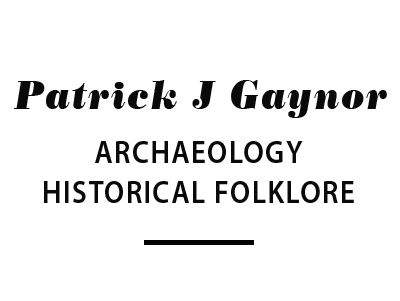Honours Thesis Extract
Kawambarai Cave – An Analysis of a Warrumbungle Stone Assemblage, 1987
Copy held in the Department of Archaeology and Palaeoanthropology University of New England Armidale NSW.
THESIS SUMMARY
The first excavation of an Aboriginal shelter in the Coonabarabran/Warrumbungle region of north western NSW Australia in 1987 revealed a concentrated use of the shelter as an area for the production of backed blades over a 1000 year period. The chief raw material used in this period was fine grained material such as chert and chalcedony while the locally available quartz and quartzite pebbles were less utilized. Specific types of chert or chalcedony were never found in any great quantities in the assemblage and it is suggested that some of the raw material may have been found as pebbles eroding out of the sandstone or in the local streams (but fine grained raw materials are hard to find in either today) or they were traded in.
In the recent period (1000 BP to 200 BP) the density of stone artefacts declined and artefacts made from quartz pebbles dominated the assemblage. With this change, the apparent need to made backed blades disappeared as none were recovered from the deposit representing this period. Quartzite was only used occasionally throughout the sequence, as the local type is very coarse in nature, but from personal experience, they make excellent hammerstones. One charcoal sample excavated from near the base of one square revealed a radiocarbon date of 1940 calibrated BP.
Examination of local surface sites in the Warrumbungles revealed they were all dominated by quartz artefacts, in fact some of the assemblages were 100% quartz. This suggests they are all recent in age. The Coonabarabran/Warrumbungle region is dominated by Jurrasic sandstone intersected by volcanic flows of 13-17 million years ago. It has a diverse range of flora and fauna, and, according to the material recovered from the excavation of Kawambarai Cave, some of these animals and plants were utilized by the Aborigines of the past.

